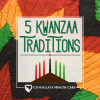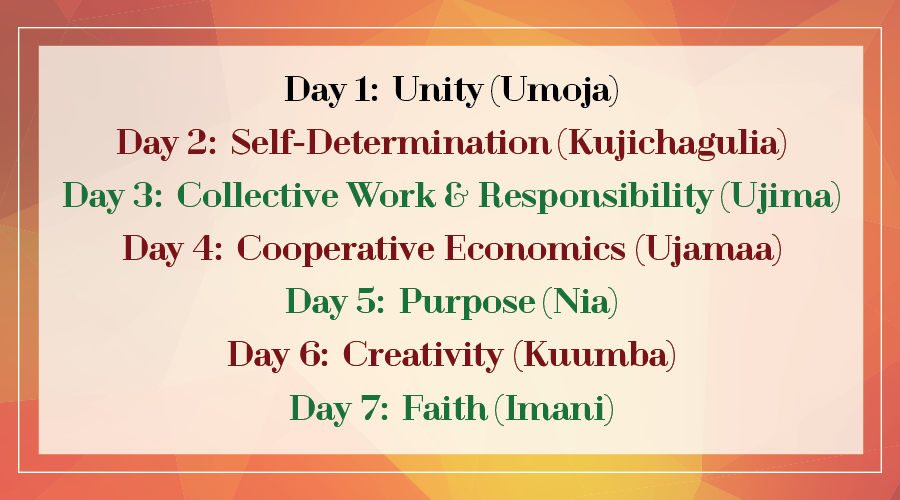As the holiday season approaches, many people are getting excited for Kwanzaa. This December celebration is based on seven Swahili core principles, each relating to one of the seven days of the celebration. It is the first holiday created specifically to celebrate African Americans. Here are five traditions involved in this holiday:
1. Kwanzaa starts with candles
According to Better Homes and Gardens, Kwanzaa begins with the lighting of one candle in a kinara. This holder contains seven candles, which are lit in succession as the holiday progresses. The first candle is black and placed in the center of the kinara, where it represents unity and the start of Kwanzaa. The rest of the candles are red or green (the colors of the African flag) and represent the principles of the holiday.
2. People give thanks
Kwanzaa festivities involve giving thanks to your ancestors for all their hard work and spiritual guidance. Individuals do so by gathering together to eat, drink and celebrate one another. By honoring the traditions of Kwanzaa, people talk and learn about their family members, passing on stories from one generation to the next, keeping their histories alive.
3. Everyone gathers
From the start of Kwanzaa on December 26, 2015 through its end on January 1, 2016, people get together daily to discuss and act upon the principles of the holiday. These gatherings include the lighting of the kinara and discussing the day’s focus. According to the Museum of Science and Industry, these include:
4. People make gifts
One tradition of this holiday involves people making and giving gifts. Families dedicate time on the first day of Kwanzaa to create presents that educate individuals about their heritage and African descent. Not everyone takes part in this tradition or makes the gifts themselves – some opt to purchase items or not partake at all.
5. Revelers don African garb
Depending on where you live, you may see quite an increase in the number of people wearing traditional African clothing during this week-long holiday. According to World Celebrations, women may wear traditional dresses known as bubas, while men wear kanzus, or light-colored robes. These clothing items are often adorned with colorful trim in green, black and red and even include the Kwanzaa flag, known as a Bendera. The flag is said to symbolize the struggles of the people, the future and hope, the blood of the people, and the motherland or Africa.
If you found an error, highlight it and press Shift + Enter or click here to inform us.




